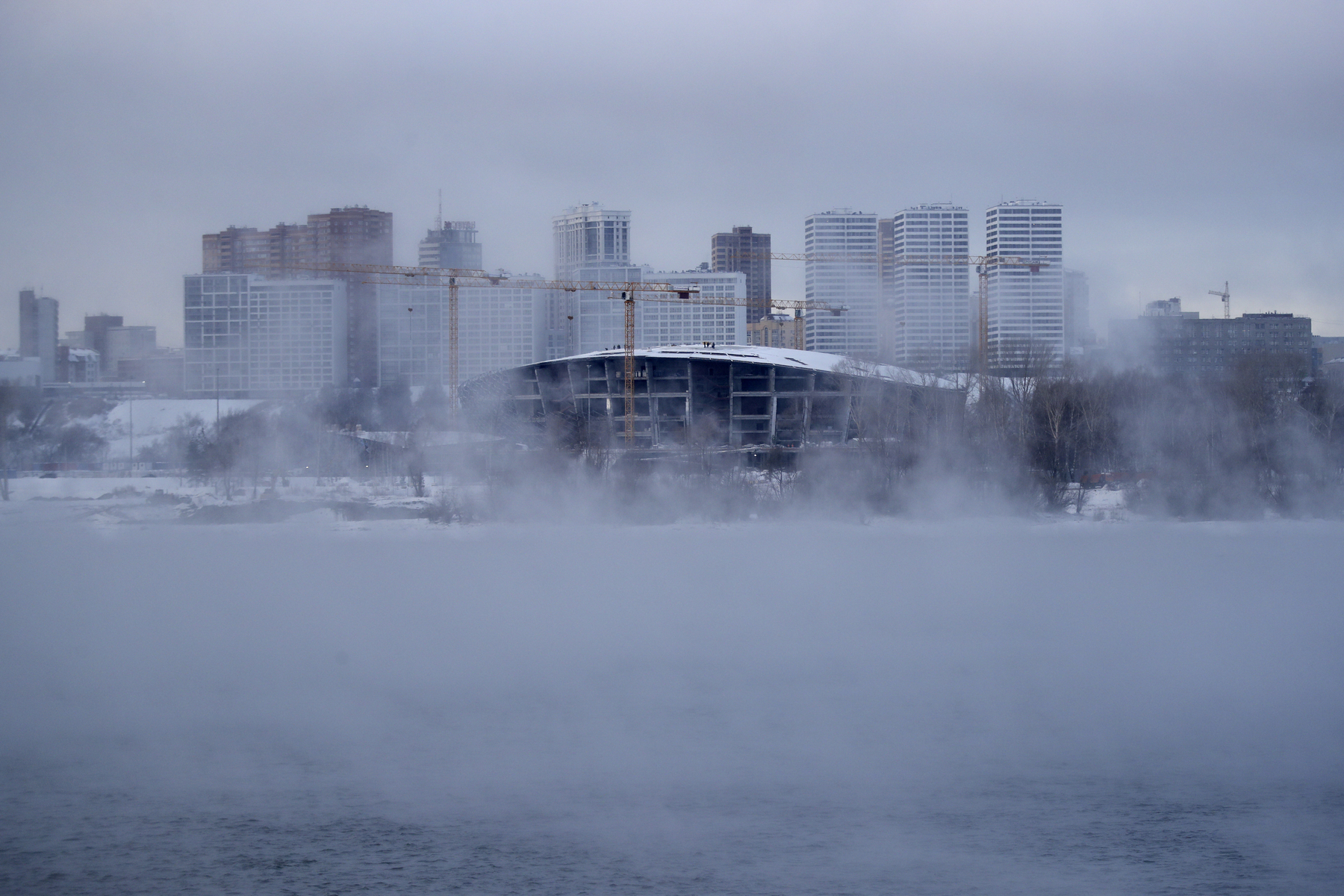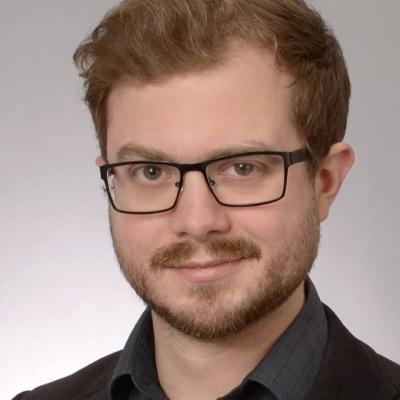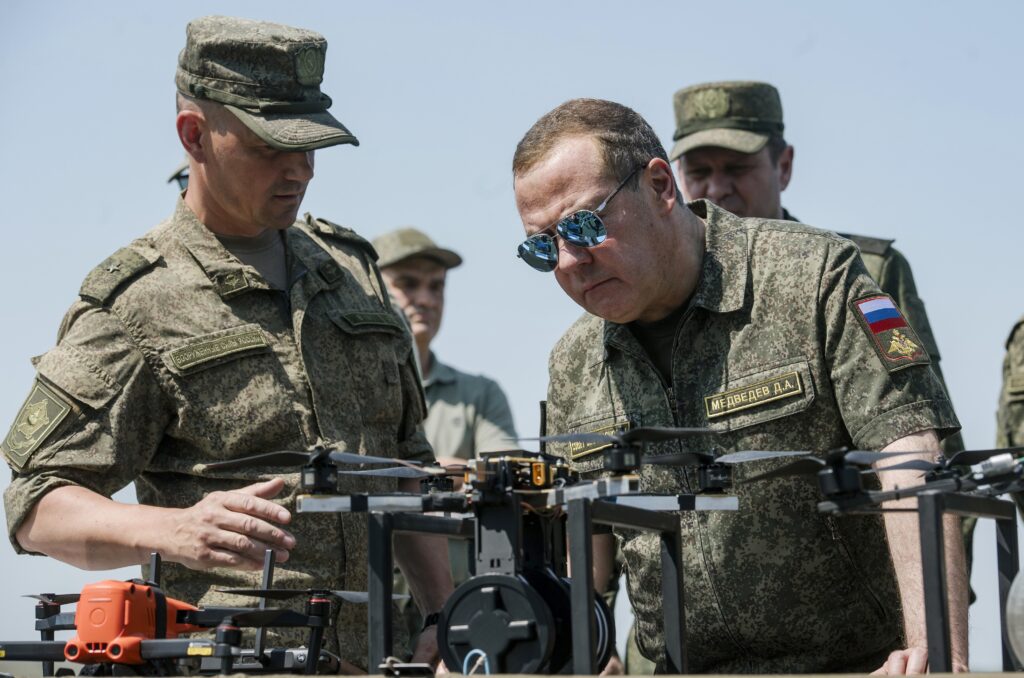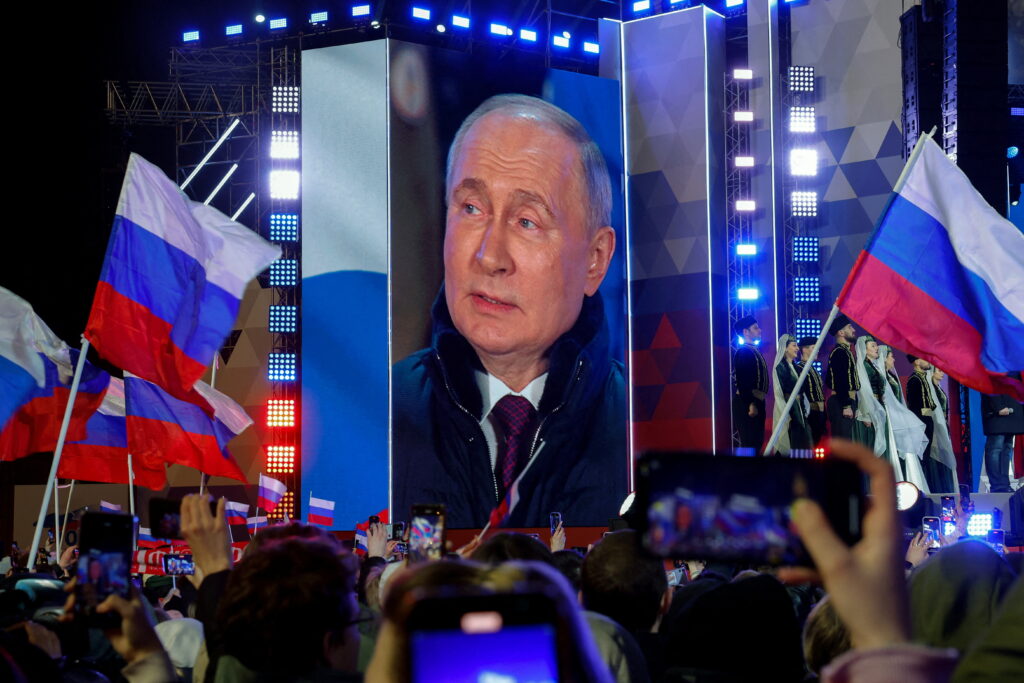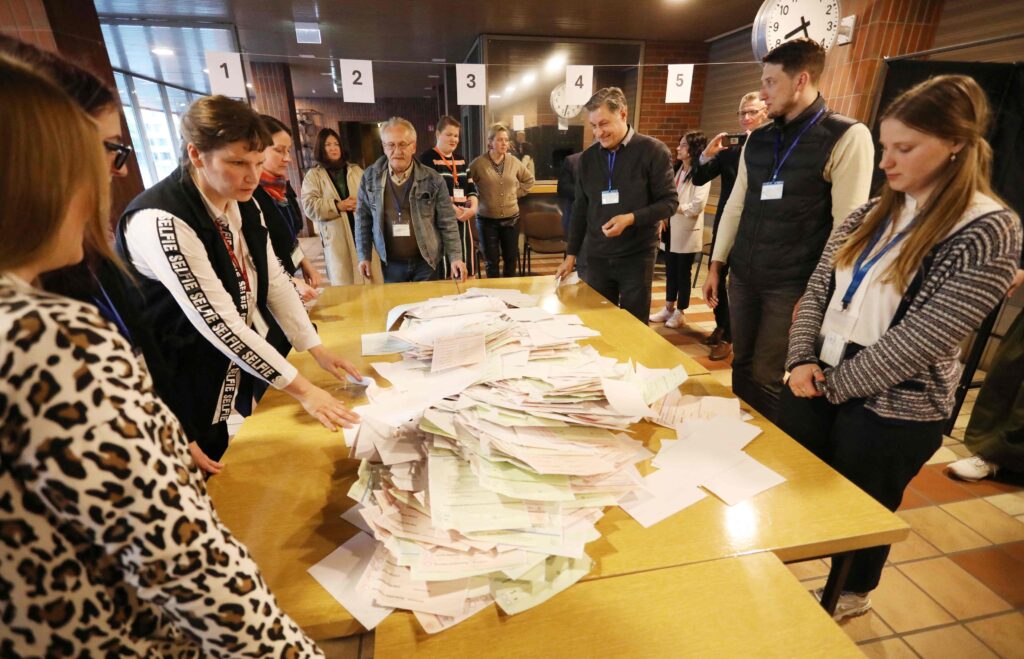Lately, city-building seems to have returned to the forefront of Russian development policy. One of the main proponents is Defence minister Sergey Shoigu. Once again, he has revived his evergreen suggestion to build new cities across Siberia and the Far East along transport corridors and industrial clusters. But despite now pushing this idea with more vigour than before, the notion has received only lukewarm reception by the government. So far, it has received a rejection by the president’s Far Eastern plenipotentiary. City planners, meanwhile, have pointed out general structural weaknesses in Shoigu’ vision. So it seems that his stature and influence are all that these plans have to get them taken seriously.
Elsewhere, the government is placing its bet on pouring money onto existing cities. Last year, the Duma started discussing bills on urban agglomerations and cooperation between municipalities, to supplement Russia’s Spatial Development Strategy. This year, the government allocated major tranchess of capital investment into urban renewal and development.
The focus on urban revamping is not new. On the surface, Russia is a rapidly urbanizing country. According to recent Rosstat data, more than 74 percent of its population lives in towns or cities. 73 million people — roughly half of the population — live in forty big urban agglomerations. The government expects these to grow further.
With this context, making suburban transportation faster and urban amenities more convenient, are worthy goals. Russian experts have been advocating for more of this for most of the decade. Based on expert suggestions, Russia’s Spatial Development Strategy proposed focusing on the twenty biggest agglomerations. The newest plans, based on the government’s Frontal Development Strategy, will define the directions of development policy until 2030. They mention forty-one – including four inter-regional ones. Deputy prime minister Marat Khusnullin, who is considered to be the main advocate of the policy in the government, expects the fifteen biggest ones, however, will be what actually drives most economic growth.
Speaking about cities in these terms hides that their development has been lopsided. In fact, most urban growth over the past decade, both in population and wealth, took place in Moscow and, to a lesser extent, St. Petersburg. A 2019 study by the “Strelka” research centre found that in 2010-17 more advanced “milionniki” (cities with at least one million inhabitants) grew, on average, by a mere 1.4 percent per year, while most of them barely registered any growth. In fact, Nizhny Novgorod and Samara lost population.
There are two often quoted problems with expansive urban development projects. For federal cities, which are regions unto themselves, development projects often need to stop at the city borders due to legal limitations. This has created problems for projects such as the expansion of the St. Petersburg urban railway network. Moscow has solved this problem by essentially transferring money to the surrounding Moscow Region to finance transport infrastructure projects. For lesser cities, the main problem has been that financially, municipalities – even major cities – rely on regions for much of their financing. They have little say, at least officially, in setting the rates of the property taxes (these are one of their most important sources of income apart from transfers from regional budgets.) The first problem will likely be solved by amending the Law on the General Principles of the Organization of Local Self-Government. The second one will not be.
Building from top to down
In line with the new “unified system of public power” enshrined in Russia’s recently amended constitution, it seems that the federal government will finance the projects, regional governors are expected to administer them, while cities and towns are required to participate, but will be politically weakened, rather than strengthened.
Up ahead is the National Project “Housing and Urban Space”, on which the federal government is expected to spend a total of 891 billion by 2030 in projects that regional budgets are expected to co-finance. On top of that? The government’s newest development instrument, cheap infrastructure loans – a total of 500 billion rubles of budgetary loans for 15 years, to be spent on development projects in 2022-24 – will be one way for the Kremlin to stimulate urban development.
Before the end of October, regions applied for a total of 1.4 trillion rubles worth of loans. The government duly allocated almost the whole framework of 500 billion. The terms of the loans benefit populous regions. Many of the projects that the government will support have to do with urban development and expansion. For insstance, the development of the Nizhny Novgorod urban area. Or, the expansion or the construction of a subway network in Chelyabinsk. These were two of the first projects awarded. Both cities also expect to gain from the development of the Moscow-Kazan-Yekaterinburg transport corridor. This is often held up as a blueprint for how cities built around rapid transport links could develop in Russia.
At the same time, there are no plans to allow cities to increase their own fiscal space to finance development projects. This would require a degree of devolution of rights to set taxes and keep receipts. In fact, the recently introduced bill on public power does exactly the opposite. Regions will take over more duties from municipalities. The bill, which was adopted in the first reading in November, also contains clauses about the federal government exercising public power in federal territories and in regional capitals. Regional governments are also supposed to coordinate the development of urban areas, all while the federal government is about to get a bigger say in appointing regional officials in the fields of finance and construction.
Motives and a lack of motivation
The renewed focus on urban development is likely the result of a combination of political and economic reasons. First, the government hopes that a focus on urban development will drive sagging domestic demand, especially in the regions. This is questionable: the government has so far shown no inclination to significantly raise the income of Russian citizens through transfers, and investment rates have so far remained consistently low, especially in lesser cities. Besides, the money envisaged in the National Projects and the infrastructure loans for urban development is still fairly small: before the pandemic hit, the government was discussing allocating 300-400 billion rubles from the National Welfare Fund towards infrastructural development in 2020, while Moscow’s massive facelift in the 2010s cost above 200 billion. What happens with the expected windfall from high energy prices in the next months and years will be crucial.
So is politics. Cities have become a sore point for the Kremlin in recent years. Mass protests in Moscow in 2011-12 triggered significant urban development projects with the aim of keeping city-dwellers happy enough to lose interest in politics. Local protests that sprang up in cities in recent years, from Vladikavkaz to Khabarovsk, highlighted not only a general dissatisfaction with rulers in Moscow or the regions, but also the vast differences between living standards and the capacity of public institutions between the capitals and lesser cities. Nizhny Novgorod and Yakutsk, the two cities that were granted the first infrastructure loans, had both exhibited increased protest activity over the past years, including during pro-Navalny protests in January. Nizhny Novgorod region has since already adopted its own law on urban agglomerations and set up a ministry dedicated to oversee developmental projects. Since the Kremlin is vehemently opposed to devolving power or restoring direct mayoral elections – which are presently only available in seven smaller cities – focusing funds on potential crisis points is the best option.
Third, creating agglomerations, especially cross-regional ones, will facilitate the pooling of resources, both regional and municipal. The Federation Council’s conclusions from May this year are very clear on this aim: the text does not only mention the pooling of resources, but also “preventing the excessive concentration of development” as a goal. In a way, this is a more direct form of the government’s 2020 decision to allow regions to lend to each other (which essentially allowed Moscow, the only region with significant enough reserves, to become a lender). In a similar vein, so the thinking goes, Tatarstan will be able to extend financial resources to the significantly poorer Republic of Mari El, through the development of an urban agglomeration between Kazan, the Tatar capital, and Volzhsk, a city in Mari El. On the surface of it, this is not necessarily a bad deal for politically and economically strong regions, which receive opportunities to increase influence in neighbouring regions. Crucially, however, in most regions the transfers will still essentially be closely supervised by the federal government, which will gather data to determine priorities, review projects, and play a significant role in appointing the very officials in the regions who oversee the projects.
It remains to be seen whether this is, as some suspect, a step towards a large-scale administrative reform to merge regions administratively, which has been on the table since the early 2000s. It is doubtful, however. Merging regions was an arduous and politically costly process in the mid-2000s when the federal government oversaw a series of such mergers, and it remains such an endeavour today. Last year, plans to merge the Arkhangelsk Region with the Nenets Autonomous District triggered protests and elite resistance in the energy-rich autonomous districts. This year, the three regions of the so-called Tyumen “nesting doll” managed to enlist the support of the president’s plenipotentiary in the Urals Federal District to make sure that their unique budgetary arrangements are going to be left intact in the ongoing public administration reform. If anything, plans to pool resources for the purposes of urban development under a centralized political direction, are likely a substitute for grand plans of merger.
All the above are understandable goals from the Kremlin’s point of view. However, they fail to answer a cardinal question: how the investment of budgetary funds is to turn into private investment and prosperity. This matters to regions as well: they will likely be able to write off debts based on the tax revenues that the developments financed from infrastructural loans generate. However, as long as municipalities have little say over local taxes and other conditions and businesses in most regions face an increasingly hostile environment, including a heightened risk of expropriation, it is difficult to foresee an investment boom in most countryside cities. Bigger investment projects might benefit from schemes such as a recent proposal to extend tax exemptions for sizeable projects under the Regional Investment Projects framework until 2041; but this essentially also simply offers a risk premium to these projects at the expense of the government.
This rigid aversion to decentralization and ceding control over resources might still cost the government its ambitious urban development projects. Another idea, the relocation of the headquarters of big state-owned companies, which has been repeatedly raised in the past decade as a potential way to reinvigorate countryside cities, is repeatedly discarded as unfeasible because decisions on who gets what, when and how are taken in Moscow, making it impractical for most big firms to be headquartered in the regions. Plans to build agglomerations face similar problems. This can either change through decentralization or a better investment climate. It seems that Russia’s rules are unwilling to deliver the first and unable to deliver the second.
